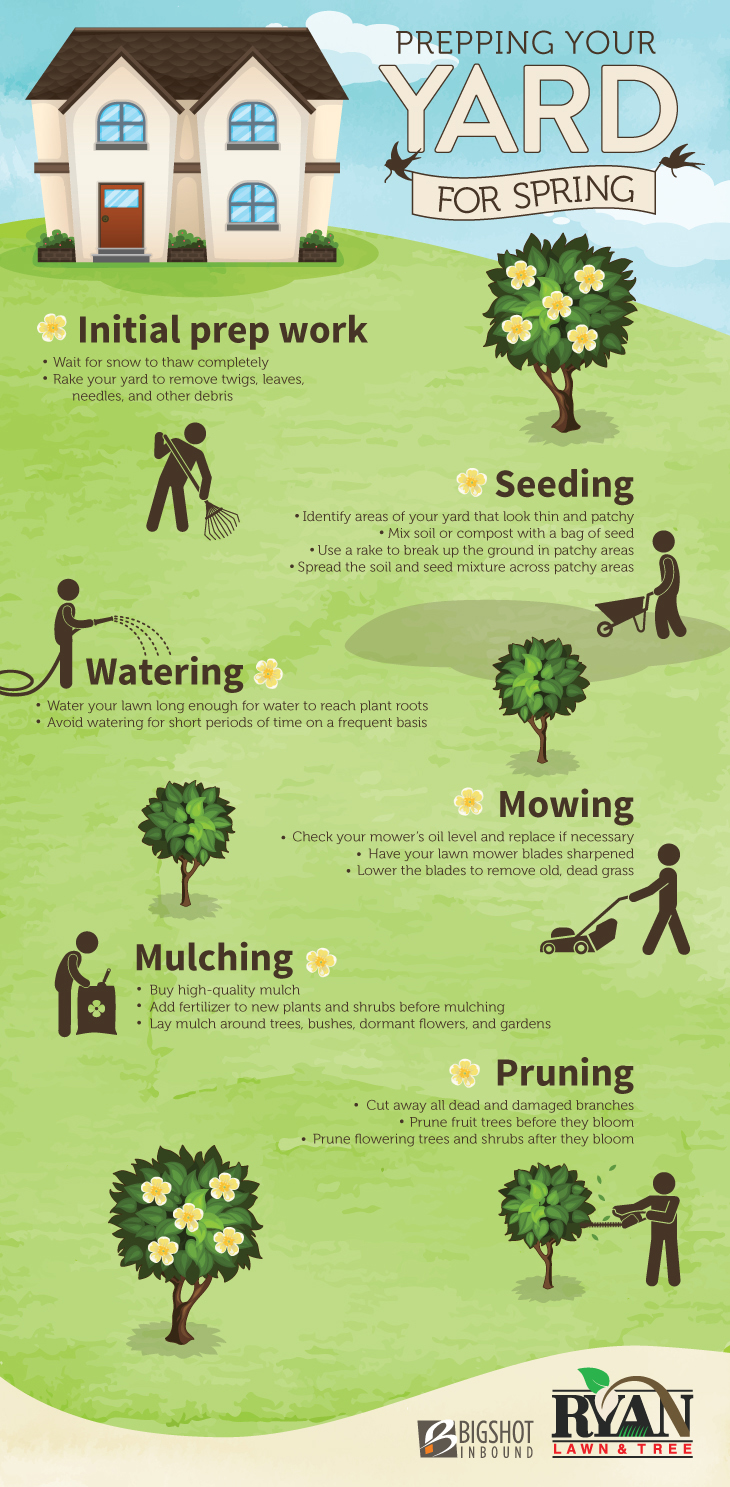Post-Tree Removal Treatment: Effective Techniques For Landscape Repair
Post-Tree Removal Treatment: Effective Techniques For Landscape Repair
Blog Article
Uploaded By-Wilcox McCollum
After a tree's removal, your landscape may look fairly various, and it's vital to examine the results carefully. You'll intend to examine the dirt disruption and check bordering plants for any type of indicators of anxiety. Overlooking these factors can cause bigger issues down the line. So, what should you finish with those stumps and roots? And exactly how do you pick the best plants for your rejuvenated space? Allow's check out these crucial steps.
Assessing the Aftermath: Examining Your Landscape
After a tree elimination, it's vital to analyze your landscape to recognize the effect it has on your yard.
Start by taking a look at the location where the tree stood. Seek signs of dirt disruption, and inspect the bordering plants for any kind of tension or damage.
You need to additionally bear in mind of just how the elimination has actually transformed sunlight direct exposure and airflow in your garden. This change can affect the development of neighboring plants, so it's essential to examine their wellness.
Take into consideration the aesthetic aspects too; the removal could create an open space that you can revamp.
Finally, consider any type of possible erosion problems that could develop from the tree's lack. Dealing with these factors early will assist recover equilibrium to your landscape.
Handling Stumps and Roots: Choices for Elimination
When you have actually evaluated the after-effects of the tree elimination, you'll likely need to tackle the stump and roots left.
You have a couple of alternatives for elimination. One effective method is stump grinding, where a professional makes use of a maker to grind the stump down to underground level. This strategy leaves marginal disruption to your landscape.
If you like a DIY method, you can use a mix of digging and chemical stump cleaners. Simply bear in mind, this process can take some time and initiative.
Conversely, consider leaving the stump as a natural function, which can work as a distinct garden component or environment for wildlife.
Whatever you select, addressing the stump and roots is necessary for recovering your landscape.
Selecting the Right Plants for Your New Room
As you analyze your freshly removed space, choosing the right plants can substantially boost your landscape's beauty and performance.
Start by considering the sunshine and soil problems. For warm locations, opt for drought-resistant plants like lavender or succulents. In shaded areas, brushes and hostas flourish well.
Think of the size and development behaviors of your plants; mix perennials and annuals for seasonal range. Do not fail to remember to include native types; they call for less maintenance and support local wildlife.
Group plants in odd numbers for a much more all-natural look and create layers for visual deepness.
Finally, guarantee you have a mix of colors and textures to keep your landscape vibrant throughout the periods.
Delighted growing!
Verdict
To conclude, recovering your landscape after tree removal is a gratifying procedure. By evaluating Ash Tree Removal , resolving stumps and roots, and selecting the right plants, you'll create a flourishing environment. Don't forget to integrate erosion control steps to secure your dirt. With a little initiative and treatment, you can transform your space into a lively yard that boosts your home. Accept learn more to rejuvenate your landscape and enjoy the elegance of nature right in your yard!
